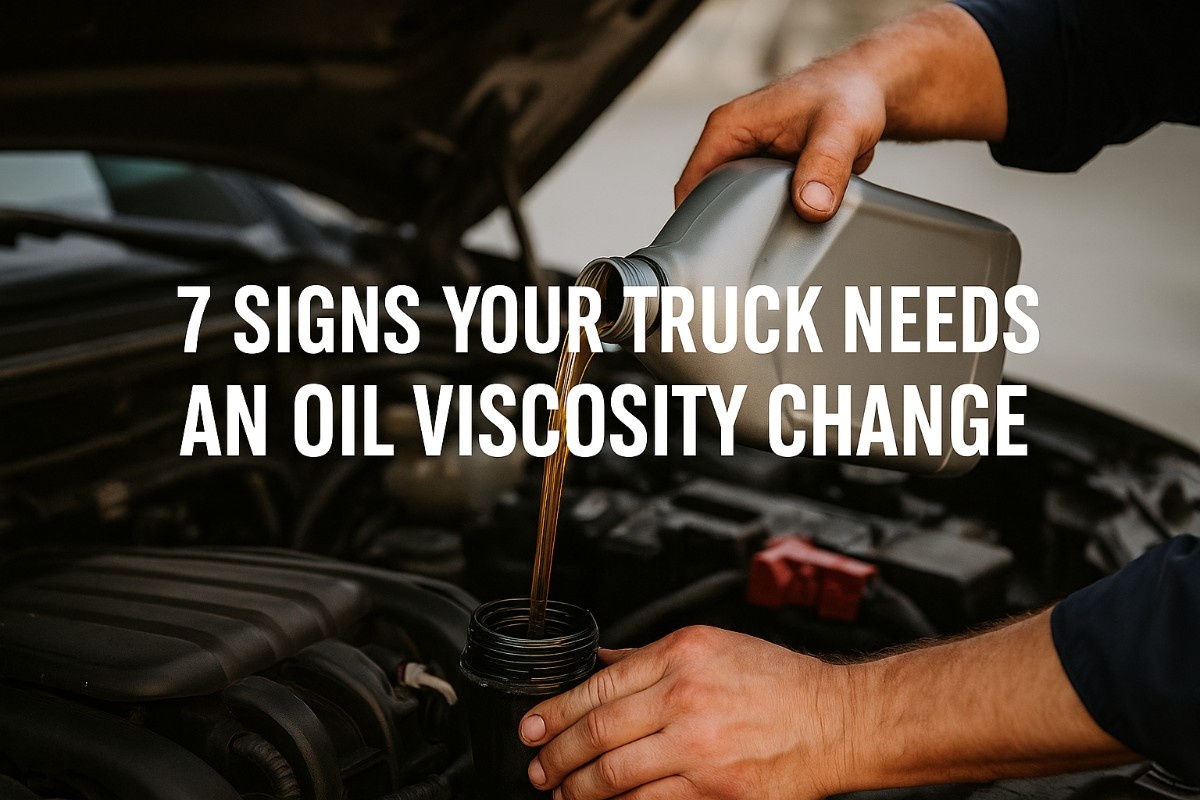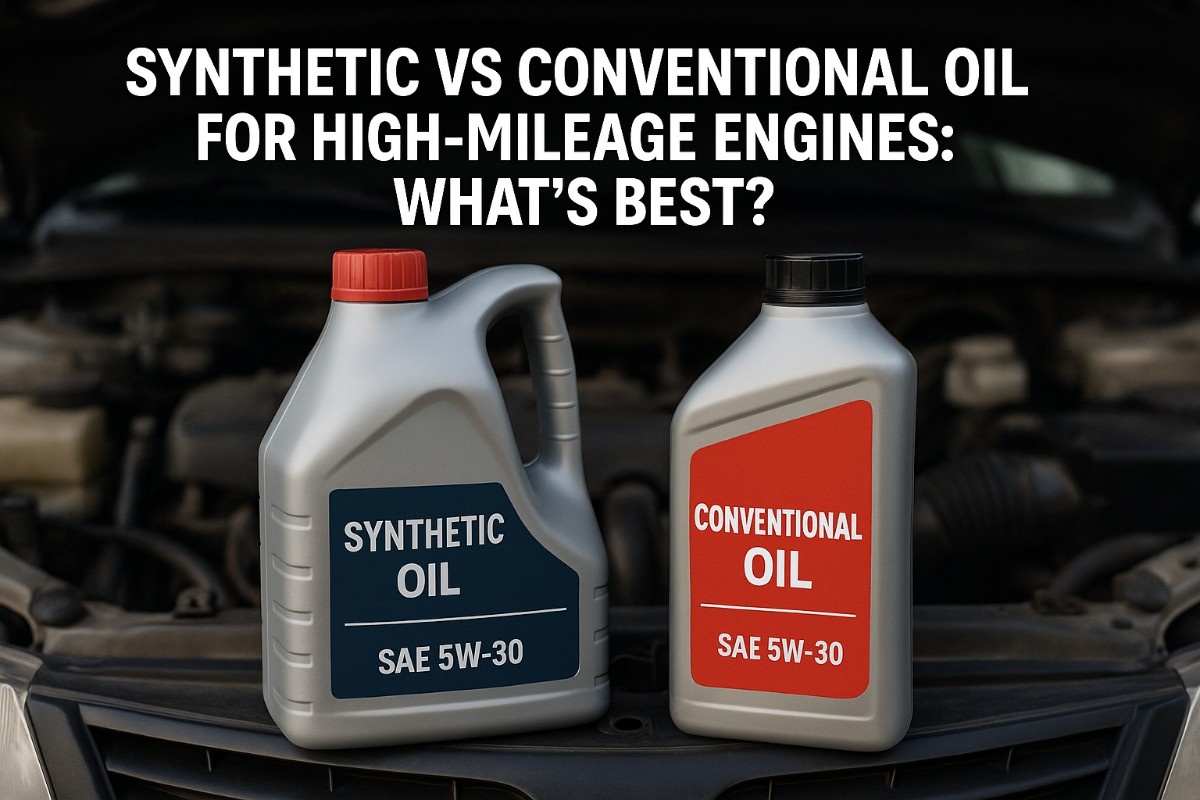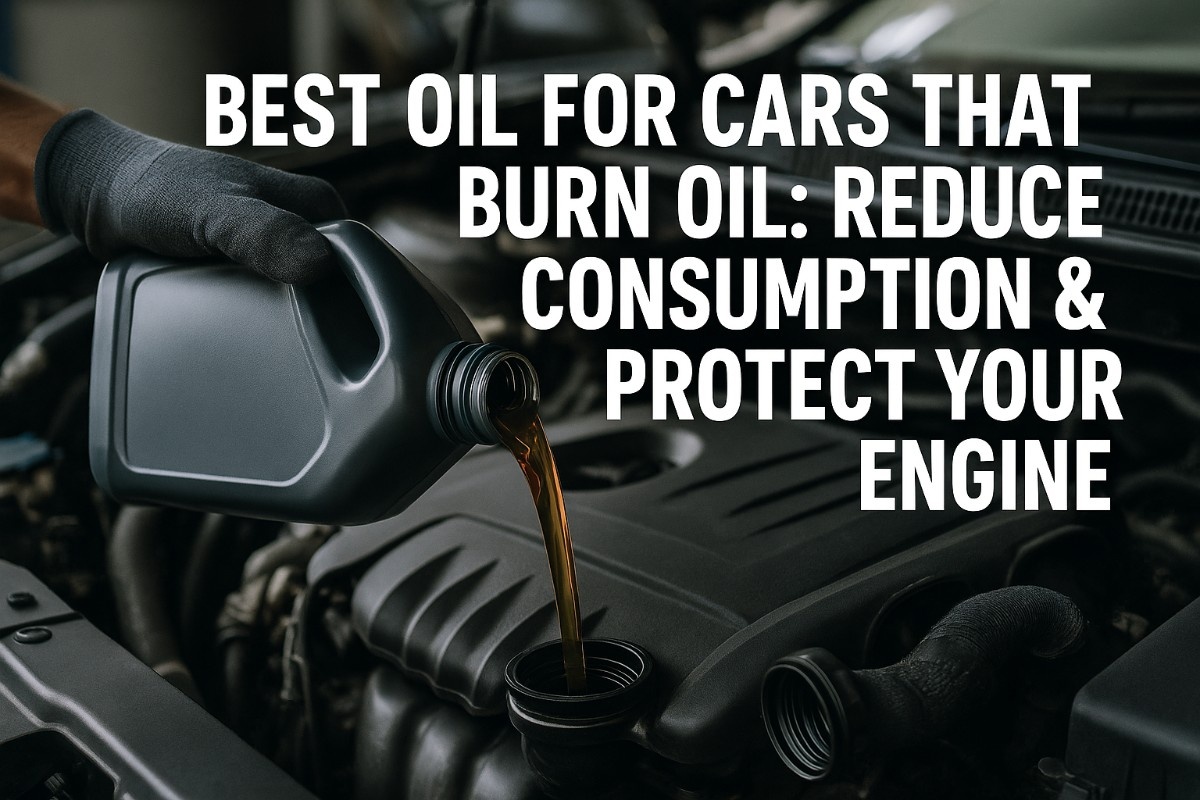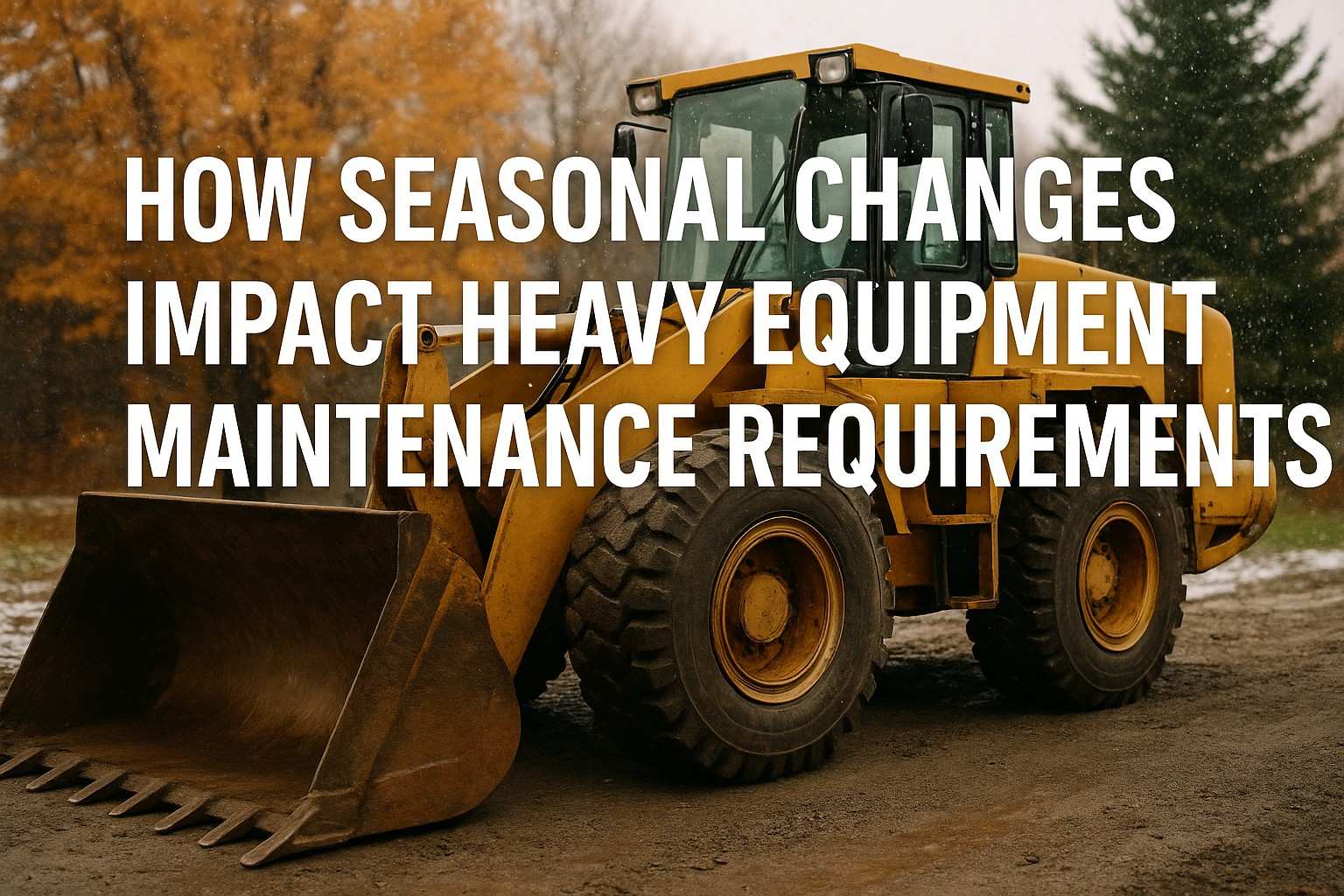Heavy equipment lubrication failures cost US construction companies an average of $85,000 per incident, with inadequate greasing practices responsible for 58% of preventable bearing failures and component breakdowns. Professional construction operations managing fleets worth $15-25 million face constant pressure to optimize lubrication schedules that balance equipment protection with operational efficiency. With over 2.8 million pieces of heavy construction equipment operating across American job sites, understanding proper greasing intervals, locations, and techniques isn't just about maintenance compliance—it's about protecting massive capital investments and ensuring project delivery reliability.
This comprehensive greasing guide eliminates 72% of lubrication-related failures, extends equipment life by 40%, and generates annual savings of $35,000 per machine through systematic implementation of proven lubrication protocols. More importantly, it transforms reactive maintenance approaches into predictive lubrication excellence that ensures equipment reliability, regulatory compliance, and maximum operational profitability across challenging construction environments.
Annual Lubrication Impact Analysis
Ready to Master Your Equipment Lubrication Strategy?
Discover proven greasing protocols that maximize equipment protection and operational reliability.
The Complete Heavy Machinery Greasing Framework
Professional heavy machinery greasing requires systematic understanding of lubrication points, grease types, application intervals, and environmental factors that determine optimal protection strategies. This framework addresses the six critical lubrication zones responsible for 85% of equipment reliability: boom and stick joints, swing mechanisms, track systems, hydraulic cylinders, pin and bushing assemblies, and attachment connections. Systematic greasing prevents bearing seizures, reduces component wear, and extends equipment service life while maintaining peak operational performance.
Equipment-Specific Greasing Requirements and Locations
Different construction equipment types require specialized greasing approaches based on operational demands, component designs, and manufacturer specifications. Excavators, bulldozers, loaders, and specialized equipment each present unique lubrication challenges that demand equipment-specific knowledge and application techniques for optimal protection and performance.
Professional greasing strategies must account for operating hours, duty cycles, environmental conditions, and load factors that influence lubrication requirements. High-stress applications require more frequent greasing intervals, while moderate-duty operations can extend service schedules without compromising equipment protection or reliability.
- ✓ Excavators: 28-35 grease points including boom pins (daily), stick pins (daily), bucket pins (daily), swing bearing (weekly), track drives (weekly)
- ✓ Bulldozers: 22-28 grease points including blade lift cylinders (daily), ripper pins (daily), track chains (weekly), drive sprockets (weekly)
- ✓ Wheel Loaders: 25-32 grease points including lift arm pins (daily), bucket pins (daily), steering joints (weekly), axle components (weekly)
- ✓ Motor Graders: 30-40 grease points including blade lift mechanisms (daily), circle drive (weekly), front axle joints (weekly)
- ✓ Compactors: 18-25 grease points including drum bearings (daily), articulation joints (weekly), vibratory systems (weekly)
- ✓ Cranes: 35-45 grease points including boom pins (daily), outrigger cylinders (daily), winch systems (weekly), turntable bearings (monthly)
Grease Types and Application Techniques
Professional lubrication requires matching grease characteristics to specific application requirements, operating conditions, and environmental factors. Different grease formulations provide specialized protection for various operating scenarios, with lithium complex, calcium sulfonate, and polyurea greases each offering distinct advantages for construction equipment applications.
Application techniques significantly impact grease effectiveness, with proper pressure, volume, and timing essential for optimal protection. Over-greasing can cause seal damage and contamination, while under-greasing leads to premature wear and component failure. Professional techniques ensure optimal grease distribution and protection without operational complications.
- ✓ Lithium Complex Grease: General-purpose applications, -20°F to 350°F operating range, excellent water resistance, $8-12 per tube
- ✓ Calcium Sulfonate Grease: Extreme pressure applications, superior corrosion protection, high-load bearing capability, $12-18 per tube
- ✓ Polyurea Grease: High-temperature applications, -40°F to 400°F range, extended service intervals, $15-25 per tube
- ✓ Synthetic Grease: Extreme conditions, enhanced protection, superior temperature stability, $18-30 per tube
- ✓ Marine Grease: Coastal/wet applications, enhanced water resistance, corrosion protection, $14-22 per tube
- ✓ Food-Grade Grease: Environmental applications, biodegradable formulations, regulatory compliance, $20-35 per tube
Advanced Lubrication Monitoring and Technology Integration
Modern lubrication management transcends manual greasing schedules to incorporate IoT sensors, automated dispensing systems, and condition monitoring technologies that optimize grease application timing and volume. Digital lubrication systems achieve 95% application accuracy while reducing manual labor by 65% through automated monitoring and alert generation.
Smart lubrication technologies enable real-time bearing condition monitoring, grease consumption tracking, and predictive maintenance scheduling based on actual equipment operating conditions rather than arbitrary time intervals. These systems prevent over-lubrication waste and under-lubrication damage while optimizing maintenance resource allocation.
- ✓ Automated Grease Dispensing Systems providing precise volume control, scheduling automation, and contamination prevention
- ✓ Bearing Condition Monitoring using vibration analysis, temperature sensors, and acoustic monitoring for predictive maintenance
- ✓ Digital Lubrication Tracking with mobile applications, GPS verification, and completion documentation for compliance
- ✓ Grease Analysis Programs monitoring contamination levels, additive depletion, and lubrication effectiveness
- ✓ Environmental Monitoring Systems adjusting lubrication schedules based on operating conditions and climate factors
- ✓ Integration Platforms connecting lubrication data with maintenance management and fleet monitoring systems
Implementation Strategy for Maximum Lubrication Effectiveness
Successful greasing program implementation requires phased deployment that addresses equipment priorities, technician training, and system integration while maintaining operational continuity. The recommended implementation timeline spans 4-8 months with immediate focus on critical equipment and high-failure components that demonstrate rapid value generation.
Investment in professional lubrication technologies and training programs provides protection against expensive component failures while ensuring compliance with manufacturer warranties and safety regulations. Total cost of ownership calculations strongly favor systematic lubrication programs, with payback periods typically ranging from 6-12 months through reduced failures and extended component life.
- ✓ Implement systematic greasing for high-value equipment with $5,000-8,000 investment per machine in tools and training
- ✓ Deploy professional grease guns and dispensing equipment using $3,000-5,000 investment in quality tools
- ✓ Establish grease point identification and documentation systems for consistency across all maintenance teams
- ✓ Create equipment-specific greasing schedules based on manufacturer specifications and operating conditions
- ✓ Train technicians on proper greasing techniques, contamination prevention, and safety procedures
- ✓ Set up quality grease storage and handling systems to prevent contamination and degradation
- ✓ Deploy automated lubrication systems with $15,000-25,000 per unit investment for critical applications
- ✓ Implement condition monitoring systems tracking bearing performance and lubrication effectiveness
- ✓ Integrate lubrication tracking with existing CMMS and fleet management platforms
- ✓ Establish grease analysis programs for contamination monitoring and optimization recommendations
- ✓ Deploy environmental monitoring systems adjusting lubrication based on operating conditions
- ✓ Create performance dashboards for lubrication effectiveness and cost optimization tracking
Environmental Factors and Contamination Control
Construction equipment operates in harsh environments where dust, moisture, chemicals, and extreme temperatures challenge lubrication effectiveness and system integrity. Environmental contamination causes 75% of lubrication-related failures, making contamination control essential for maintaining grease performance and equipment protection.
Professional contamination control strategies include environmental sealing, grease purging techniques, and protective measures that prevent dirt ingestion and moisture infiltration. These approaches extend lubrication intervals by 45% while maintaining superior component protection across challenging operating conditions.
- ✓ Fitting Protection Systems using caps, covers, and protective devices preventing dirt ingestion during non-service periods
- ✓ Grease Purging Techniques removing contaminated lubricant and ensuring clean grease application through systematic displacement
- ✓ Environmental Sealing Enhancement improving component protection against moisture, dust, and chemical contamination
- ✓ Clean Grease Handling maintaining lubricant purity through proper storage, handling, and dispensing procedures
- ✓ Moisture Control Systems preventing water contamination that causes 55% of bearing corrosion and failure
- ✓ Chemical Compatibility Assessment ensuring grease performance in specialized construction environments
Cost Analysis and ROI Optimization
Strategic greasing programs deliver measurable financial returns through reduced component failures, extended equipment life, and optimized maintenance efficiency. Professional lubrication management typically generates 5-8x ROI through failure prevention and operational improvements that far exceed program investment costs.
Comprehensive cost analysis reveals that systematic greasing programs cost $2,500-4,500 annually per machine but prevent failures costing $35,000-85,000 each. Premium grease products and automated systems provide superior value through extended protection and reduced labor requirements compared to basic maintenance approaches.
Regulatory Compliance and Safety Standards
OSHA safety regulations require systematic lubrication programs that protect worker safety and equipment integrity through documented maintenance procedures and hazard prevention protocols. Proper greasing practices support compliance with lockout/tagout requirements, equipment safety standards, and environmental protection regulations.
Insurance carriers increasingly require documented lubrication programs as evidence of proper risk management and equipment care. Systematic greasing documentation reduces liability exposure and supports warranty claims while demonstrating professional maintenance practices that qualify for premium discounts and coverage benefits.
Maximizing Equipment Value Through Professional Lubrication
The implementation of systematic heavy machinery greasing represents more than maintenance compliance—it's a strategic investment in equipment sustainability and operational excellence that positions US contractors for significant competitive advantages in demanding construction markets. The financial benefits extend beyond immediate cost savings to encompass improved project delivery capabilities and enhanced equipment value retention.
American contractors who embrace professional lubrication technologies achieve measurable improvements in equipment reliability, operational costs, and project profitability. Conservative estimates suggest total ROI exceeding 600% within three years of full implementation, with immediate benefits visible within the first operating month following systematic deployment.
The construction industry's increasing focus on equipment reliability and operational efficiency demands proactive adaptation and investment in proven lubrication strategies. Fleet operators who implement professional greasing programs today will be best positioned to capitalize on emerging opportunities while avoiding the costly consequences of lubrication-related failures that devastate unprepared operations.
Transform Your Equipment Lubrication Strategy Today
Start implementing professional greasing protocols and join America's most successful construction operations.
Book a Demo




